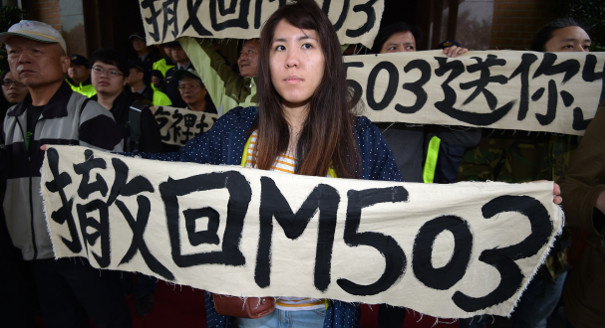Registration
You will receive an email confirming your registration.
Recently, China unilaterally changed an aviation route, designated M503, without consulting Taiwan. The route overflies the Taiwan Strait, and comes close to both the middle line established by the United States in 1954, and Taiwan’s air defense identification zone. This move has chilled relations between Taiwan and China and threatened cooperative flight agreements on both sides. Beijing has also increased the frequency and proximity of naval and air activities near Taiwan, as they also seek to limit Taiwan’s international space and diplomatic relations.
How should these changes in the Taiwan Strait be viewed? What might they say about Chinese intentions more broadly? Carnegie’s Douglas Paal joined Abraham Denmark and Tzu-yun Su to discuss the fallout from the M503 routing and what it means for the future of cross-strait interaction.
Abraham Denmark
Abraham Denmark is director of the Asia Program at the Woodrow Wilson International Center for Scholars. He also holds a joint appointment as a Senior Fellow at the Wilson Center's Kissinger Institute on China and the United States. He previously served as deputy assistant secretary of defense for East Asia.
Tzu-yun Su
Tzu-yun Su is executive director of the Center for Advanced Technology at Tamkang University in Taiwan where his research focuses on strategic technology, energy and climate, fog of peace, military art, Asia-Pacific geopolitics and security, and the culture of the Chinese People’s Liberation Army.
Douglas H. Paal
Douglas H. Paal is vice president for studies at the Carnegie Endowment for International Peace. He previously served as vice chairman of JPMorgan Chase International and as unofficial U.S. representative to Taiwan as director of the American Institute in Taiwan.
